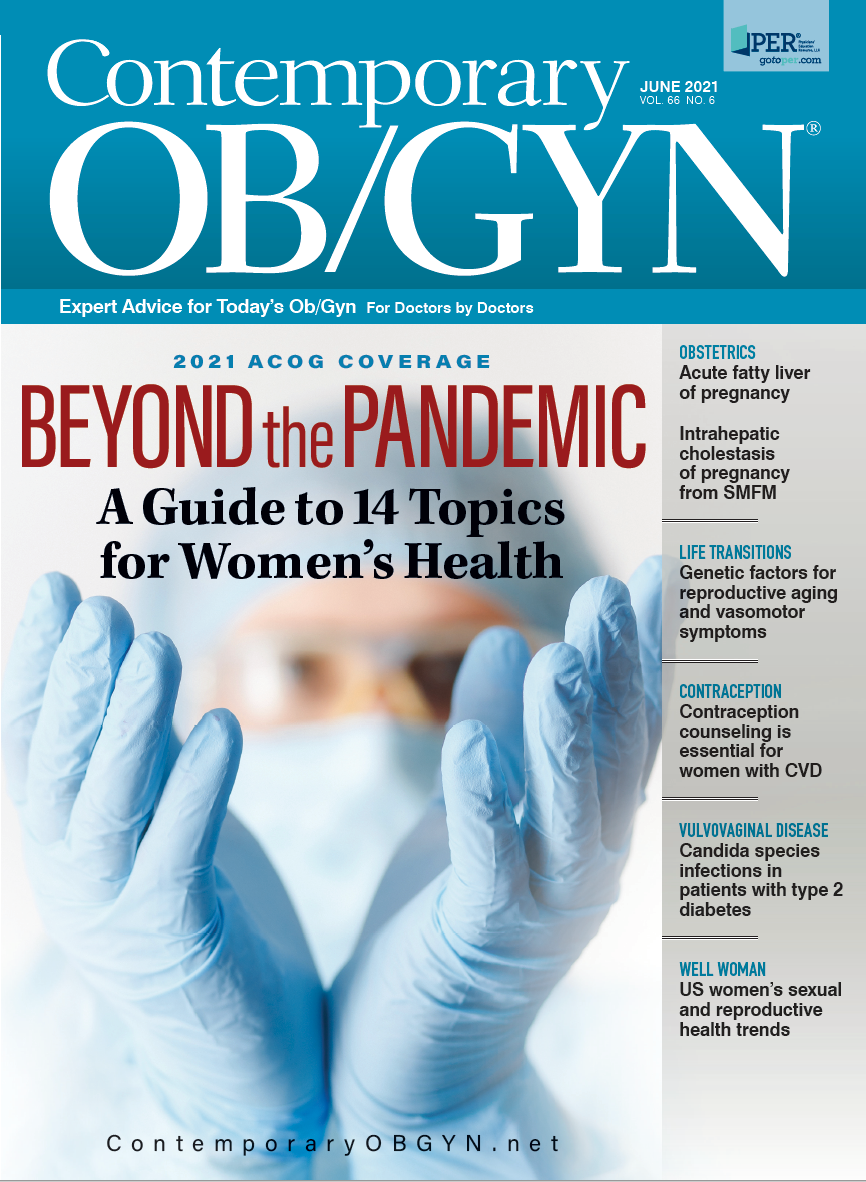Patients With Type 2 Diabetes Have Increased Susceptibility to Oral and Vulvovaginal Candida Species Infections
The most significant finding is to watch for symptoms of VVC in women with T2D.
Results from a review of literature published in the journal Cureus indicate that patients with diabetes mellitus (DM) have increased susceptibility to oral and vulvovaginal candidiasis (VVC). Lead author Lubna Mohammed, MBBS, Internal Medicine at the California Institute of Behavioral Neurosciences & Psychology, and her colleagues conducted a review of articles published between 2000 and 2021 that were written in English. Investigators searched PubMed for studies that analyzed the relationship between candidiasis prevalence and DM. They also examined the pathogenesis of Candida species and why they affect patients with DM. Study types for the review included clinical trials, cohort studies, case-control studies, traditional reviews, and systematic reviews.
Search terms investigators used included: diabetes mellitus, Candida, candidiasis, oral candidiasis, vulvovaginal candidiasis, candidiasis and diabetes mellitus, oral candidiasis in diabetics, and vulvovaginal candidiasis in diabetics. Investigators reported no demographic restrictions were used during the review process. Incomplete articles, publications without abstracts, and articles published before the year 2000 were excluded. Investigators did not use age or ethnicity as defining factors in the search.
While Candida is normally found in the oral cavity, investigators noted that Candida flourishes in patients with DM due to elevated glucose levels, which can result in oral candidiasis and dental plaques.
Symptoms of VVC include white, cottage cheese-like discharge, edema, redness, pain, and burning sensation. Investigators noted occasional eventuating dysuria and dyspareunia. “Out-of-control blood glucose levels result in various metabolic changes, like a rise in glycogen levels. This can cause a remarkable increase in the colonizing and pathogenic abilities of Candida species, as raised glycogen levels cause a fall in the pH of the vagina, making the environment more susceptible to the establishment of a VVC community,” the authors wrote.1 They also noted that patients may have asymptomatic infection due to the immune system keeping the infection contained.
The authors said DM affects millions of patients globally and makes this population more susceptible to secondary infection due to weakened immunity and blood glucose levels that are uncontrolled. In the study, they noted that “one such frequently prevalent infection is candidiasis, due to pathogenicity by Candida species due to candidalysin, (serum amyloid P component) proteins, and biofilm production.”1They explained that biofilm makes treatment challenging because it is resistant to antifungal medications. Based on the results of the literature review, investigators concluded that oral candidiasis is widespread in patients with DM, and that these patients are at higher risk for these infections than healthy people. Investigators reported the same results for VVC: Patients with DM are at higher risk than healthy individuals.
In an interview with Contemporary OB/GYN®, Mohammed said the most significant finding of this study for practicing providers is to watch for symptoms of VVC in women with DM. “Routine periodical screening can be offered to these patients as the prevalence of VVC is higher in them when compared with women having normal blood sugar levels,” she said.
Mohammed emphasized that the next steps for investigators should be “to examine the role of any prophylactic treatment that can be offered for the prevention of candidiasis in [patients with diabetes], to examine the exact impact of routine periodical screening for VVC on disease outcomes.” She added that larger study population groups should be examined. “The isolation of Candida strains from people with DM and comparing their counts in healthy subjects is also needed,” she said.
The study’s limitations, according to Mohammed were due to the small number of articles published that focused on the direct relationship between candidiasis and DM. In addition, she noted that “several strains of Candida exist, and the studies included in this article do not differentiate amongst which strain is predisposing to more significant susceptibility infections in [subjects with DM]. OB/GYN providers and researchers can consider studying these points in detail.”
Reference
- Mohammed L, Jha G, Malasevskaia I, Goud HK, Hassan A. The interplay between sugar and yeast infections: do diabetics have a greater predisposition to develop oral and vulvovaginal candidiasis? Cureus. 2021;13(2):e13407. doi:10.7759/cureus.13407

Current treatments for recurrent bacterial vaginosis leave many patients dissatisfied
February 28th 2025A new study presented at ISSWSH highlights patient dissatisfaction with current treatments for recurrent bacterial vaginosis, emphasizing the need for more effective therapies and improved provider communication.
Read More
Dequalinium chloride found noninferior to metronidazole for BV treatment
May 9th 2024Explore how dequalinium chloride stands as a promising alternative to metronidazole in treating bacterial vaginosis, offering comparable efficacy, safety, and tolerability, as revealed by a recent noninferiority trial.
Read More
